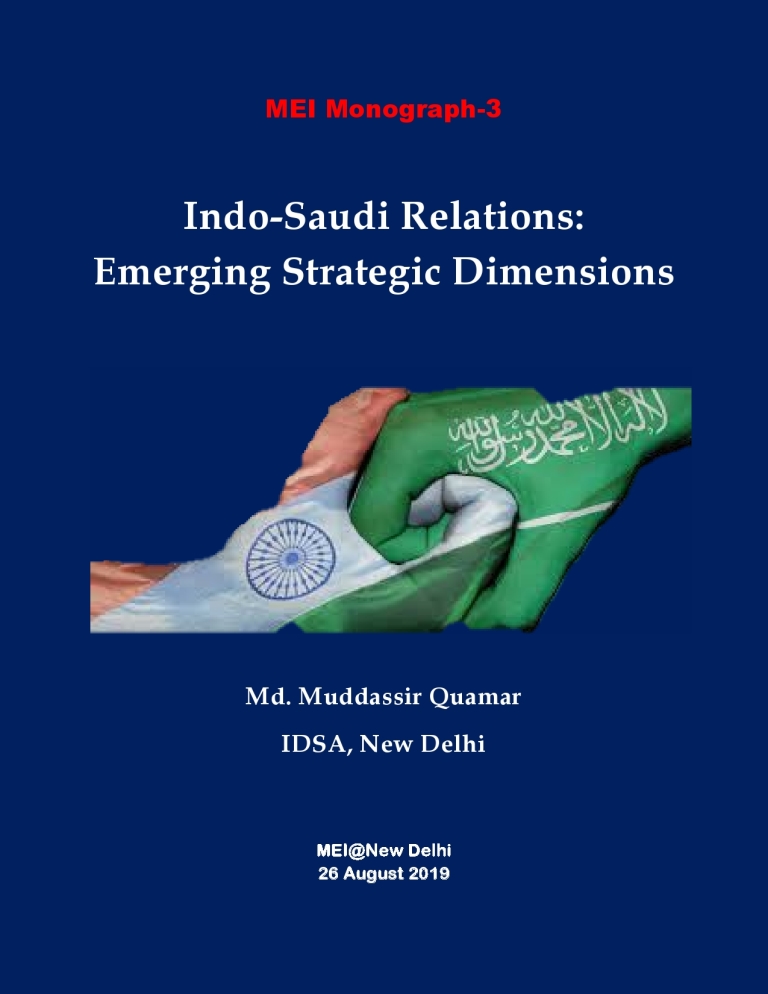Breaking
- MENU
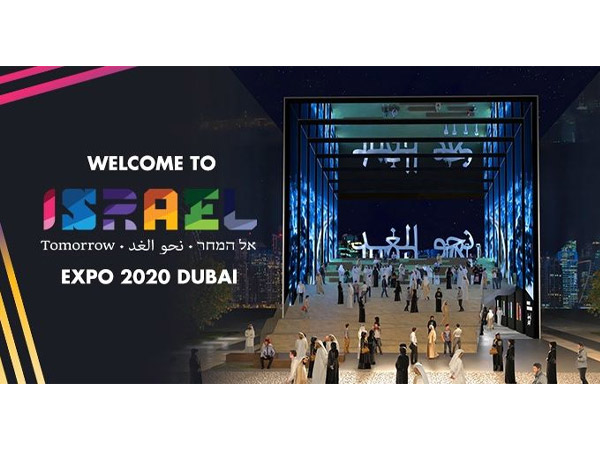
Within a span of just over a year since the announcement of the Abraham Accords, between Israel and the United Arab Emirates (UAE) in August 2020 (others including Bahrain, Sudan and Morocco joined later), the relations between these two small but important countries in the Middle East has strengthened with unprecedented pace. The relations are not confined to a few areas rather encompass a wide spectrum of affairs including business, trade, healthcare, entertainment, sports, tourism, culture and arts, security, military, defence, artificial intelligence, information technology and so on.
Significantly, in the early stages the Abraham Accords were largely seen from the prism of regional geopolitics and security threats vis-à-vis Iran. The threat perception emanating from Iran due to its nuclear ambitions and regional military expansionism, it was argued, were the primary reasons for both Israel and the UAE to come closer and normalize relations. Accurate as it may be, the developments since the formal signing of the Accords in September 2020 underline that the geopolitics might be the factor that drove the two toward normalization, it is the changing regional dynamics with an underlying geo-economic compulsion that is shaping the bilateral relations.
The most important factor in the changing dynamics is the focus on post-COVID economic recovery. The COVID-19 though did not devastate the economy, it certainly disrupted economic activities. Although countries such as the UAE and Israel were able to overcome the challenges posed by the pandemic quicker than others, the business as usual approach with regard to business and economy has changed significantly. It’s not just about fighting disruptions caused by black swan events but preparing the regional economy to become more integrated and bringing prosperity to the people.
The youthful population of the Middle East has been up in arms since 2010 and although most of the Arab Spring uprisings have now been reversed, the root of the regional anger – economic deprivation and youth aspiration – remains intact. This means that without bringing a wider economic prosperity within and at the regional level, the threat of uprisings and upheavals will remain. This has moved the regional countries, especially the rich Arab Gulf countries to focus on the regional geo-economics and develop partnerships with all regional countries that can help revive regional economic activities through use of technology, building connectivity and becoming a hub for global business and trade activities.
It is within this context that Saudi Arabia, UAE, Bahrain, Israel, Egypt, Turkey Jordan and Kuwait are focusing on building infrastructure, investing in futuristic technologies and partnering with regional and global countries that can help in this respect. For example, there is a significant enthusiasm in the region with respect to the China’s Belt and Road (BRI) project which is now one of the foremost connectivity and infrastructure development projects in the region. The growing Chinese economic inroads has activated the United States, which recently organized a meeting among foreign ministers of four countries – United States, India, Israel and UAE – dubbed the ‘Middle East Quad’ with an emphasis on exploring the geo-economic potentials of the four of them coming together.
The focus on geo-economics, however, does not mean that the UAE and Israel are no longer concerned about geopolitics or the security threats from Iran that brought them together in the first place. It is within this context that the increased security engagements between the two should be contextualized. In late October 2021, the Chief of Emirati Air Force, Major General Ibrahim Nasser Muhammed al-Alawi, visited Israel for the first time to observe Blue Flag 2021 – the massive biennial multi-national air force exercise conducted by the Israeli Air Force. Two weeks later, the Israeli Air Force Commander, Major General Amikam Norkin, visited the UAE to attend the Dubai International Air Chiefs’ Conference held on the side-lines of the Dubai Air show 2021.
One might be surprised to note the back to back meetings between the air chiefs of the UAE and Israel, especially since the two countries have only recently normalized bilateral relations. But if one looks at the evolution of the relations between the two countries, preceding the signing of the Abraham Accords, one might not be alarmed by the back to back visits. In fact, the process of normalization between Israel and UAE was ongoing for some time, and, if not earlier, at least since the signing of the JCPOA between Israel and P5+1, the two had begun exchanging views and were engaging each other covertly including meetings between the security agencies. Besides there were significant signals from both sides, especially from the UAE that it is preparing the ground to move towards a formalization of relations with Israel. For example, the inauguration of the Israeli representative office to the International Renewable Energy Agency (IRENA) in Abu Dhabi in December 2015 was a clear sign. Similarly, UAE began participating in US-led military drills in the Middle East without objecting to Israeli participation as early as in 2017.
Hence, the growing proximity between the UAE and Israel are driven both by changing regional geo-political and geo-economic compulsions wherein the interests of both Tel Aviv and Abu Dhabi are aligning faster than anticipated. This also underlines the fact that the two countries are emerging as the primary regional allies of the United States and are at the forefront of the changing regional dynamics creating new opportunities for partnership with emerging global powers including India.
Note: This article was originally published in Financial Express on 22 November 2021 and has been reproduced with the permission of the author. Web Link
As part of its editorial policy, the MEI@ND standardizes spelling and date formats to make the text uniformly accessible and stylistically consistent. The views expressed here are those of the author and do not necessarily reflect the views/positions of the MEI@ND. Editor, MEI@ND: P R Kumaraswamy
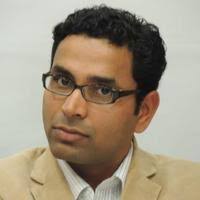
Md. Muddassir Quamar is an Associate Fellow in Manohar Parrikar Institute for Defence Studies and Analyses, New Delhi. He holds a Ph.D. in Middle East studies from Jawaharlal Nehru University and his doctoral thesis focused on social dynamics in Saudi Arabia in the context of the tensions between two seemingly non-harmonious trends; Islamization and modernization. He has a broader interest in Gulf societies, political Islam, Middle East geopolitics and India’s relations with the Middle East. He has co-authored two books India’s Saudi Policy: Bridge to the Gulf (Palgrave Macmillan, 2019) and Persian Gulf 2019: India’s Relations with the Region (Palgrave Macmillan, 2020). He is currently working on a manuscript on education reforms in Saudi Arabia. He has co-edited four anthologies, including Changing Security Paradigm in West Asia: Regional and International Responses (Knowledge World, 2020), Political Violence in MENA (Knowledge World, 2020), Islamic Movements in the Middle East: Ideologies, Practices and Political Participation (Knowledge World, 2019) and Contemporary Persian Gulf: Essays in Honour of Gulshan Dietl, Girijesh Pant and Prakash C. Jain (Knowledge World, 2015). His research papers have appeared in leading international journals such as Asian Affairs, Strategic Analysis, India Quarterly, Contemporary Arab Affairs, Digest of Middle East Studies, Journal of Arabian Studies and Journal of South Asian and Middle Eastern Studies. As part of his project in MP-IDSA, Dr. Quamar authored a monograph on Erdogan’s Turkey: Politics, Populism and Democratisation Dilemmas. Since 2018, he has served as the Book Review Editor for Strategic Analysis, the flagship journal of MP-IDSA published in association with Taylor & Francis. In May 2020, he edited an MEI Monograph Middle East Fights Covid-19: A Fact Sheet with contributions from students pursuing Masters in IR in JNU. He regularly contributes Op-Ed articles on developments in the Persian Gulf, Middle East and India’s relations with the region for Indian and international forums. In 2014-15, he was a Visiting Fellow at the King Faisal Center for Research and Islamic Studies, Riyadh. Dr. Quamar has been associated with the Middle East Institute, New Delhi, in various capacities since its foundation and serves as Associate Editor of its flagship journal, the Contemporary Review of the Middle East published by Sage, India.
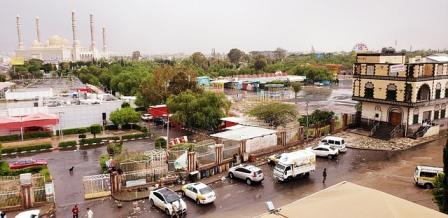
On January 17, 2022, the United Arab Emirates (UAE) was rocked by two attacks after drone attacks ta.....
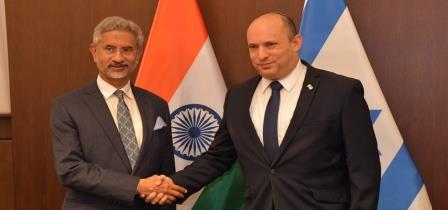
External Affairs Minister S. Jaishankar’s visit to Israel signifies the burgeoning Indo-Israel.....
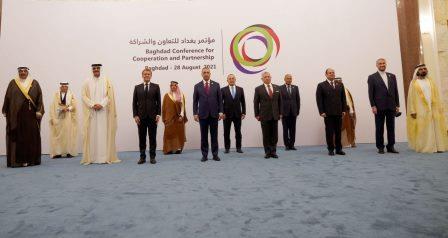
On 28 August 2021, Iraq hosted the first “Baghdad Conference for Cooperation and Partnership&r.....
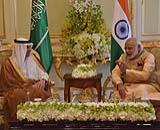
Recent developments in Afghanistan–the US military withdrawal and return of Taliban– has.....
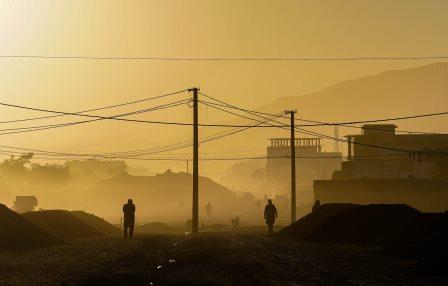
The Taliban takeover of Afghanistan has wider ramifications for the world. Among the key questions t.....
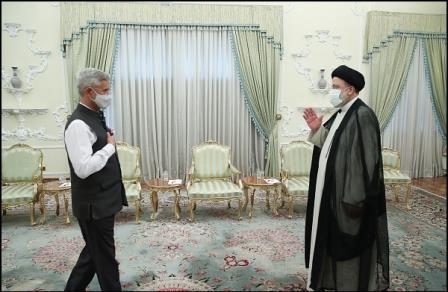
External Affairs Minister S. Jaishankar attended the swearing-in ceremony of the new Iranian preside.....
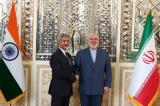
The revitalisation of ties with Iran will remain confined to the immediate issue of shared interests.....

Israel and Hamas have engaged in fighting each other since 2006 when Hamas emerged victorious in the.....
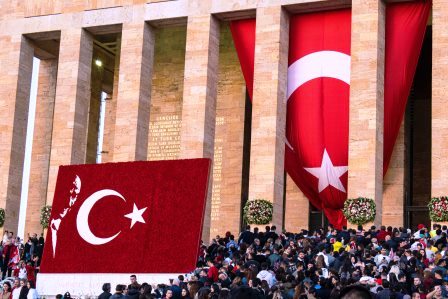
Tensions have gripped the Eastern Mediterranean (East Med) for the past few months owning to differe.....
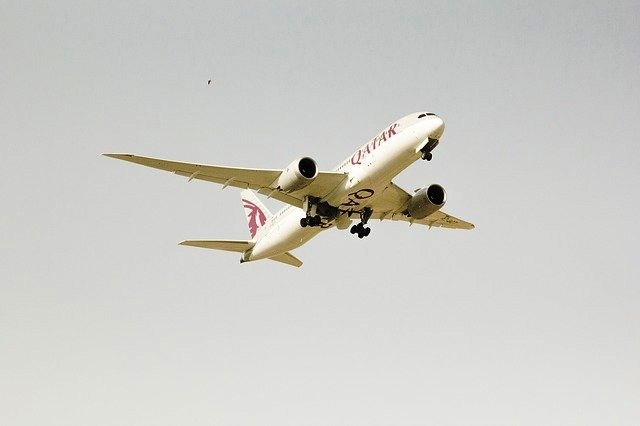
Qatar is an important country in the Gulf with which India has traditionally had strong bilateral ti.....
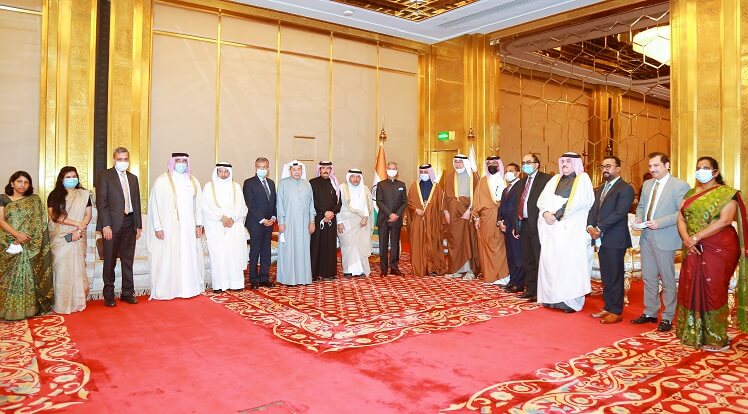
International geopolitical developments and the growing chances of friction between the global power.....
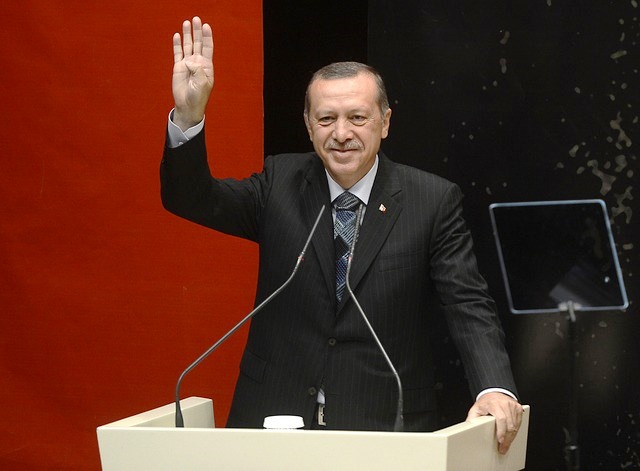
In recent years, Turkey’s foreign policy has attracted scrutiny because of its aggressive post.....
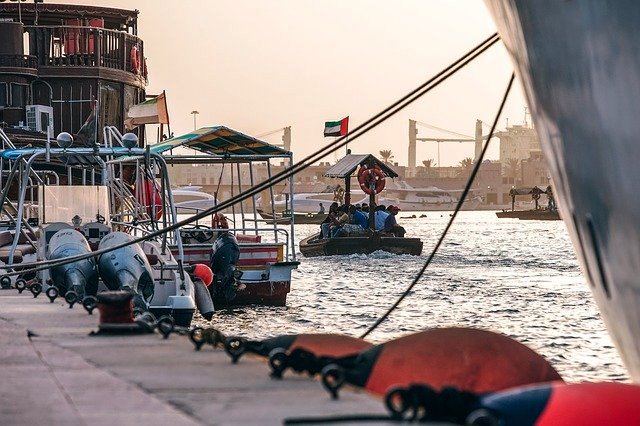
India and the United Arab Emirates share a vision for peace and prosperity. Under the leadership of .....
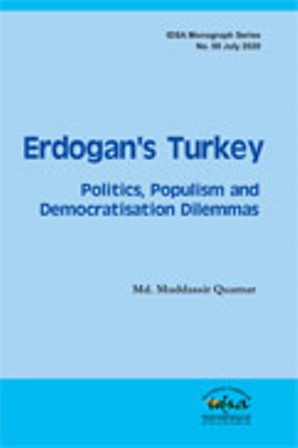
The coming to power of the AKP is one of the defining moments in the history of modern Turkey. Here .....

Though the news of China and Iran entering into US$400 billion agreement and Iran going ahead with C.....
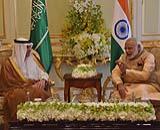
India’s relationship with the Gulf has witnessed a qualitative transformation since the August.....
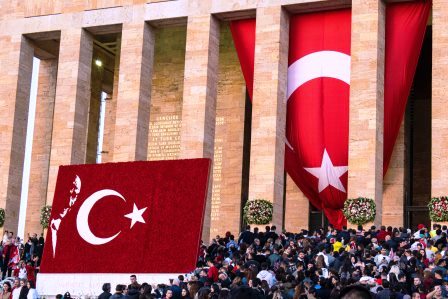
The results of country-wide municipal elections in Turkey held on 31 March 2019 threw a few surprise.....
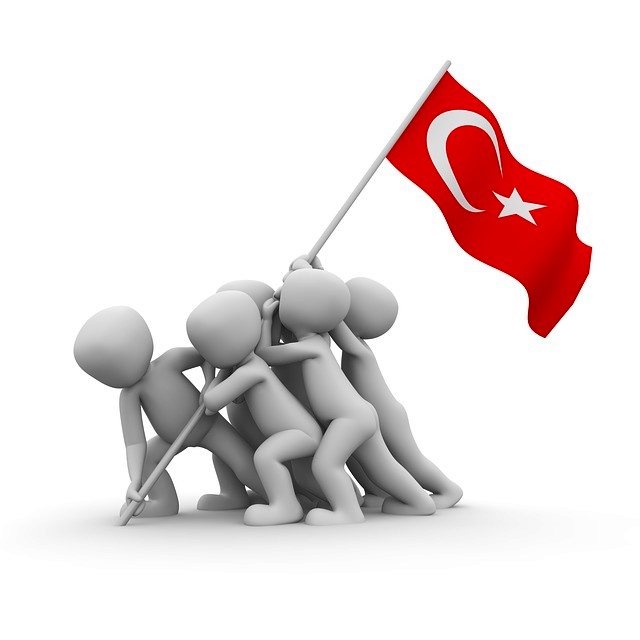
Like other parts of the world, West Asia (or the Middle East) too is hit hard by the spread of COVID.....
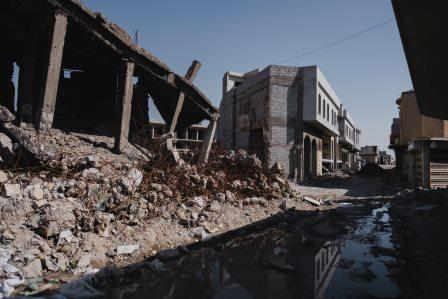
Iraq is suffering from internal divisions and external interventions for long. The problems of the p.....
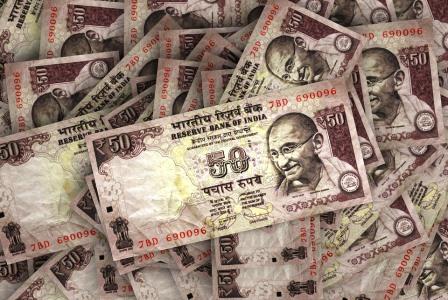
The West Asia is one of the most volatile and conflict-ridden regions in the world today. Given the .....
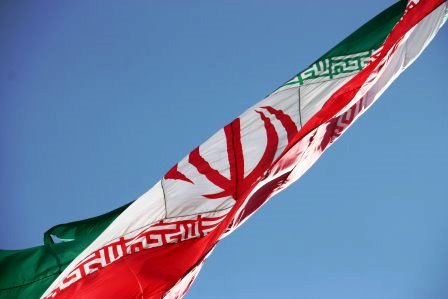
In the Persian Gulf, the New Year began with a bang. On January 3, the world woke up to the news of .....
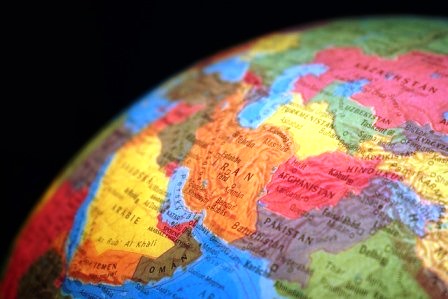
Major General Qassem Soleimani, commander of the elite Quds Force of the Iranian Revolutionary Guard.....
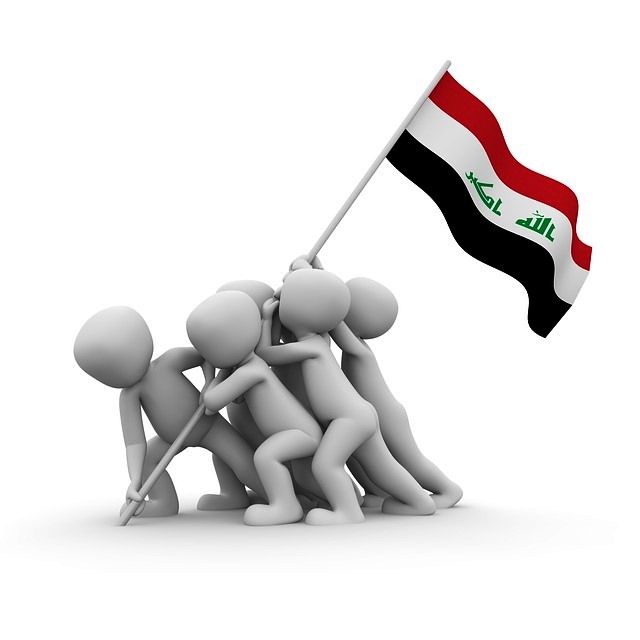
For over two months, youth in Iraq are protesting against corruption, unemployment and Iranian and A.....
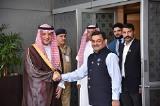
The historic relations between India and the Gulf countries have undergone a qualitative transformat.....
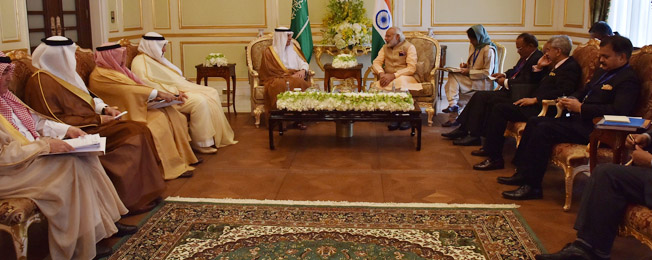
India and Saudi Arabia enjoy traditional friendly ties. Both are strategic partners and are working .....
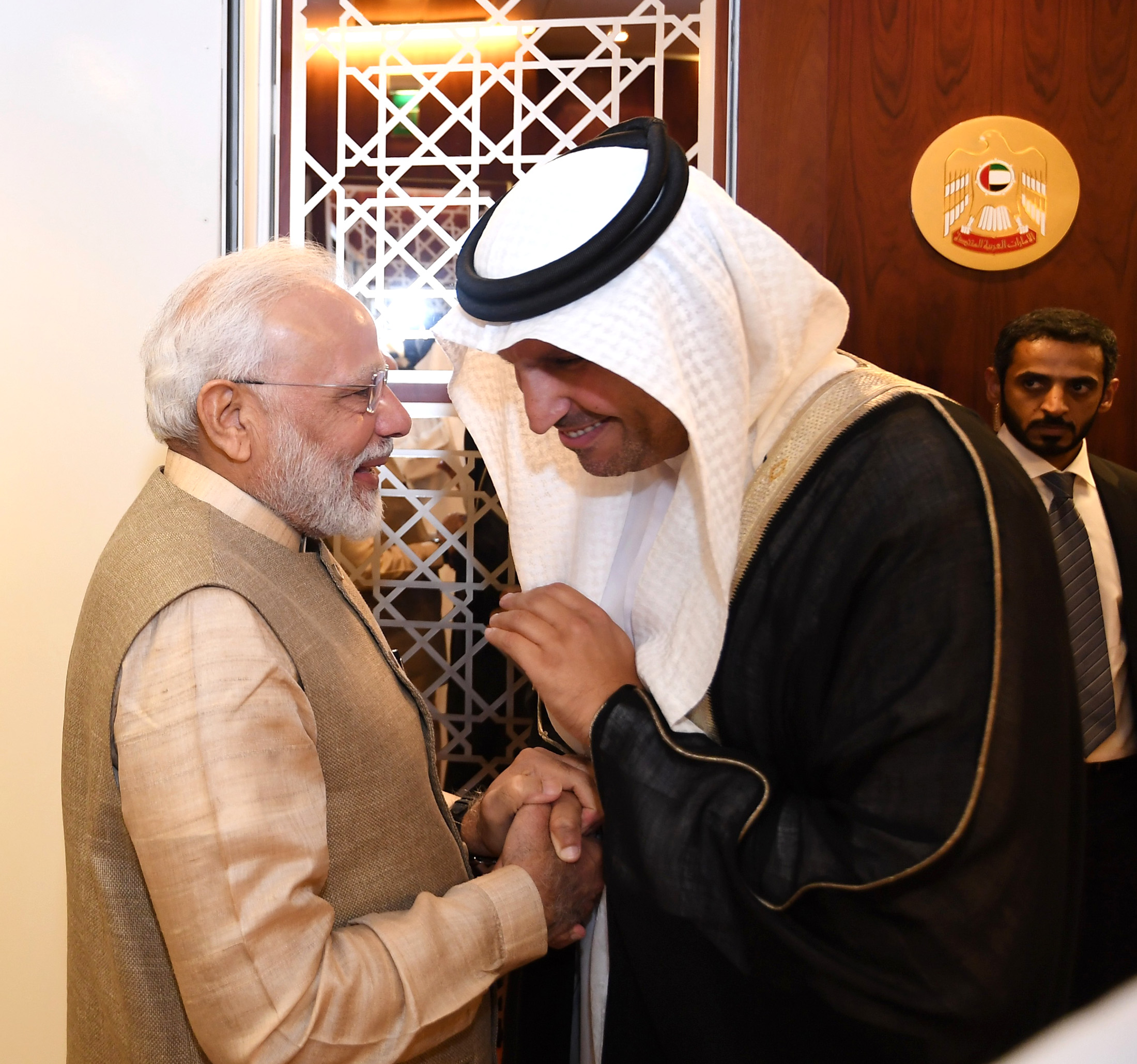
Prime Minister Narendra Modi undertook a visit to the UAE and Bahrain over the weekend. This was his.....
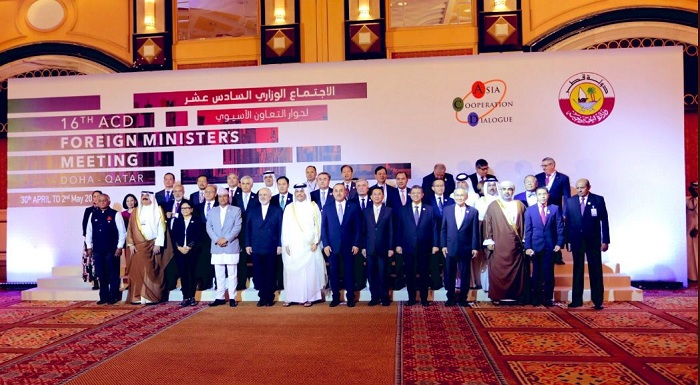
The 16th Ministerial meeting of the Asia Cooperation Dialogue (ACD) took place in Doha this week. Th.....
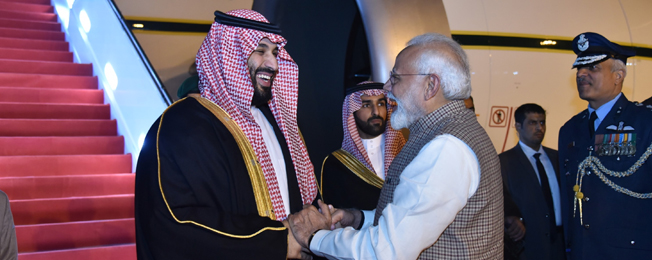
India’s relationship with the Gulf has witnessed a qualitative transformation since the A.....
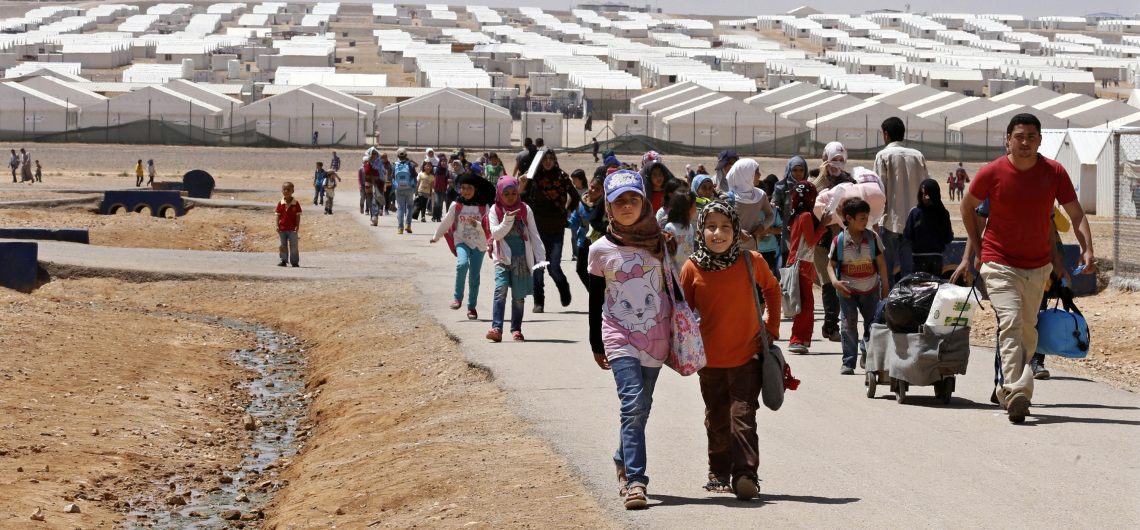
On March 24, 2019, the US-backed Syrian Democratic Forces (SDF) announced the capture of Baghouz, a .....
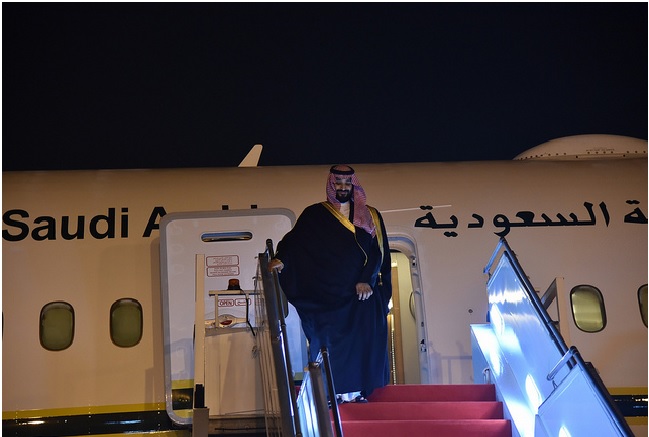
The visit of Saudi Minister of State for Foreign Affairs Adel al-Jubeir to New Delhi; close on the h.....
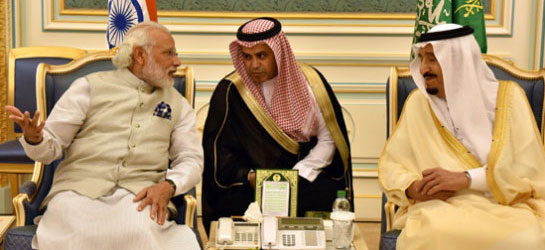
India and Saudi Arabia have increased defence and security cooperation in the fields of combating te.....
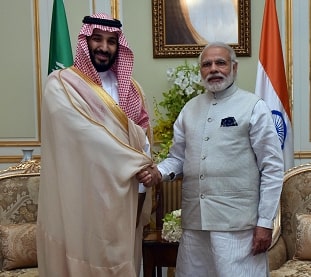
Economic and social reforms have emerged as the focus area in Saudi Arabia under the leadership of K.....

The US and Turkey are back on collision course over the Kurdish question in northern Syria. The late.....
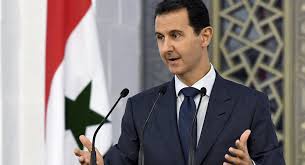
The Civil War in Syria has ravaged the country, took the life of nearly 500,000 people and has force.....

